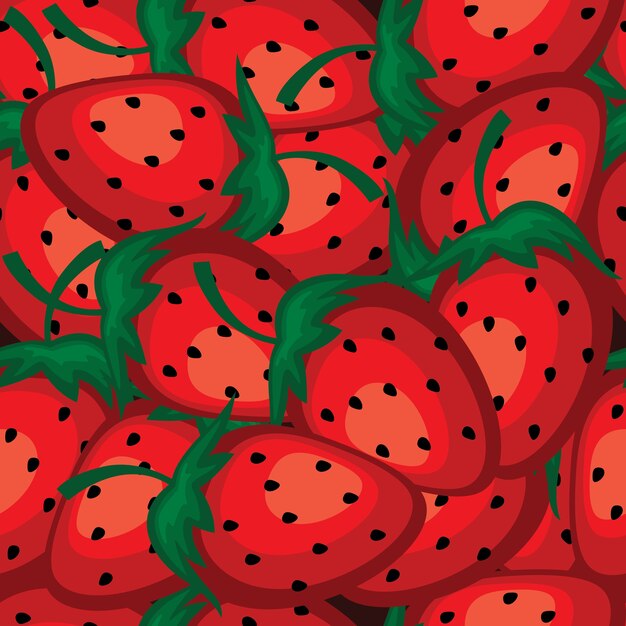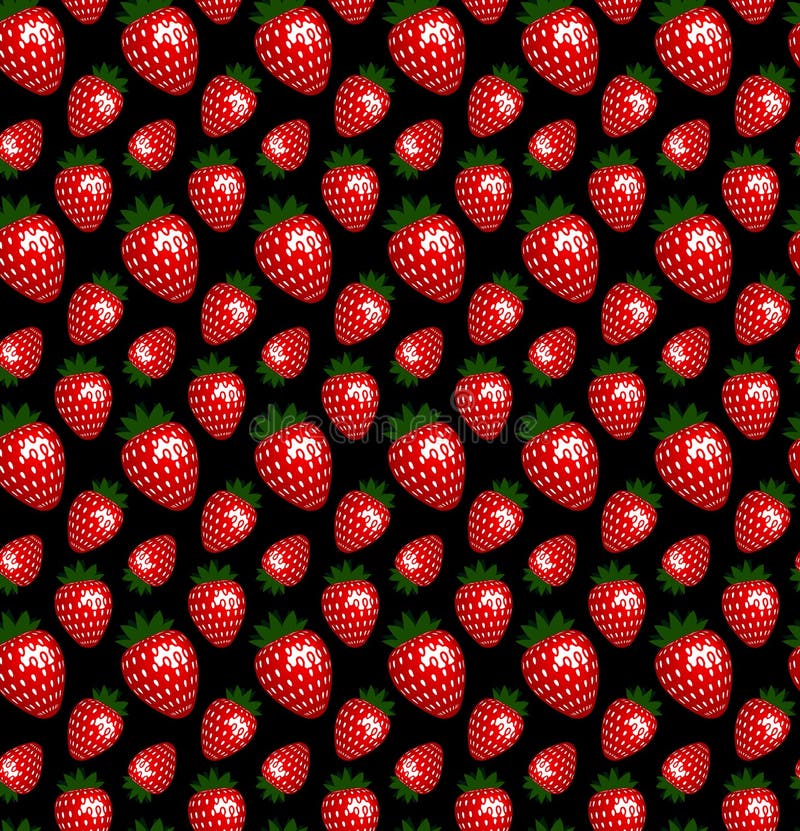


Stong goes to a research paper describing the "rules" for making a concept map including the labels on the connections. I am curious if that person was able to complete the research on arrow labeling. I have to say that not all concept maps have labels on their arrowsĪt least I am not alone on this one. I think the shape cues makes it much easier to understand what's happening. P.S.: I did find an example with different shapes but arrow labels. Do I have to infer from the text? and how?

But if labels are different, I can't make that assumption. Normally I assume that if a shape has the same format, it's the same kind of object.
I'll also note that there is a conflict in classic concept maps on whether shapes change depending on object properties. I am receiving conflicting input on whether the relationship is the same or different. In the Wikipedia concept map (of what a concept map is), the arrows are the same, but the labels may differ. Not just distracting, but conflicting. This is important for a diagram like a family tree where you track lines to find your first cousin. Not just redundant, but distracting because they take up space in the diagram and interfere with my ability to process the concept map as a whole architecture. The big one is that I think that I (and most natural map readers) are trained to infer relationships from the connecting lines/arrows. I noticed some things that made me understand why I don't like to label arrows/lines. Normally when I create a diagram, I don't label relations per se, but just for a mini experiment, I redid a concept map in two versions, one my way and one like a classic concept map, labels and all. Someone asked a linguistics group if they felt that the arrows should be labeled or not, and I do say not, but maybe not for linguistic reasons. This is one of those concept maps where all the arrows are labeled with the relationship. I'm actually a big fan of diagrams (maps, family trees, bar charts) but I've always found the standard concept map (like the one below from Wikipedia) a little confusing In case you're wondering why I'm wasting a blog post on this.all I have to say is that 5 minutes here is less time than the cumulative time it takes to unformat or move it through BBEdit. I do have a solution though - I just open a copy of BBEdit and paste the formatted text there will all formatting will be instantly removed (Yes!) and then copy and paste into the second application. The complaint of wanting consistent text formatting may sound trivial, but it does speed processing of reading if everything is a consistent font. Somehow, allowing formatting into a document now means it will be preserved in the paste operation. I just had to unformat some text pasted from Word. Even Stickies - simplest text editor ever (virtual Post-it notes for the non-Mac audience) is not safe. Yet I find myself constantly reformatting text from Web pages in Word, PowerPoint and even in my database (really - who cares about capturing format there?). Imagine preserving formatting of text from 10 different Web sites in 1 Word document. the URL or a portion of a Web page) rarely do I care exactly what font or color it's in. Normally I want the data in the string (e.g. The same is true for text blocks in Photoshop and bullet points in PowerPoint.īut what about BETWEEN applications? The truth is that it's rarely so useful. Capturing format is useful if you are moving a table or a paragraph from one section of a Word document. There are a lot of tech trends out there to comment on, but one of the sillier, in my opinion, is the tendency for cut and paste to capture formatting as well as text. The original newsletter Web Site asks "Can you unravel the mysteries of the mind map? Clue: Year 7 trip." My answer is alas "not very quickly." #Drawberry background color full
Of course, we've all seen lots of happy messy mind maps full of a wild mix of shapes, images, colors and photos - like this mystery mind map from the Burnham Grammar School in the U.K. My entry did mention a comment that many maps associate different shapes with different concepts and that it may make sense to use a consistent scheme. One, there's very little white space (because the only gap left was filled with a brain or a helmet, depending on the image).Īnother is that a large multitude of shapes and color are used but not assigned a meaning. In the parody though, the labels are rarely labeled, yet I still read it as one hot mess. I'll replicate the effect of this mind map in this history of English concept map (you can see the clean concept maps here).Ī few months ago, I claimed that many concept maps were unclear to me because the arrows were labeled. Scott McDonald on the Stuff Blog pointed out a great mind map parody on Flickr and I have to agree - it's really one messy mind map.







 0 kommentar(er)
0 kommentar(er)
